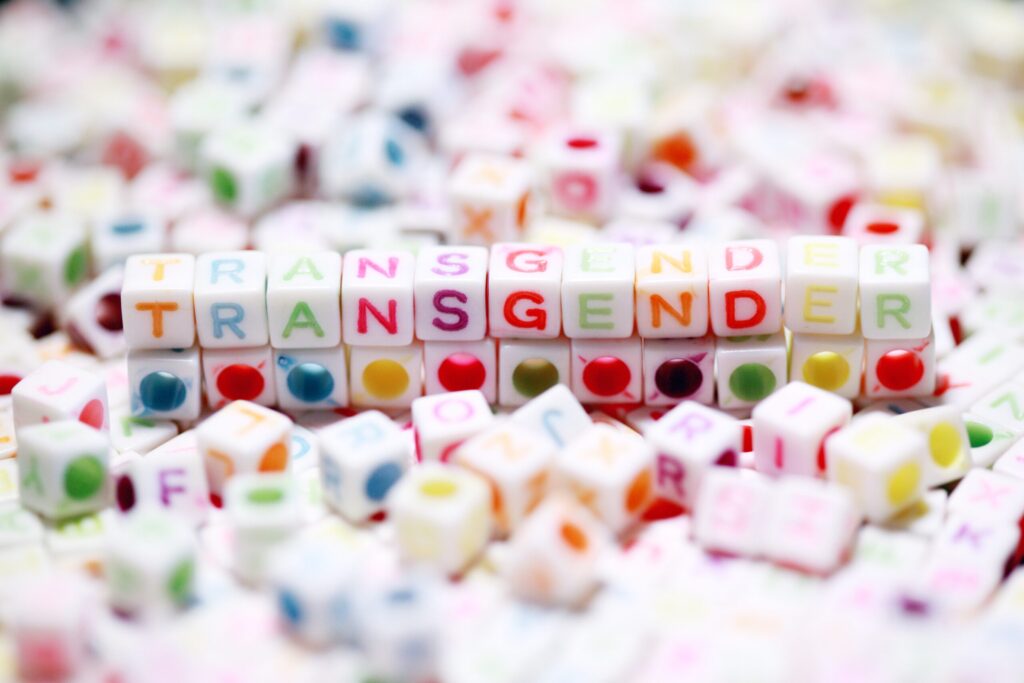
Study shows access to gender-affirming care lowers transgender suicide
Transgender people who are able to receive gender-affirming medical care have fewer suicidal thoughts and attempts than those who have not received it, according to a new report.
The fact sheet by the Williams Institute at UCLA School of Law reveals an estimated 5% of transgender people who accessed gender-affirming care attempted suicide in the past year compared to 9% of those who needed care but did not receive it.
Research shows that certain adverse experiences, such as discrimination or violence, are associated with a higher risk of suicide thoughts and attempts among transgender people. In contrast, affirming experiences, such as family and social support, are associated with lower risks.
RESEARCH FINDINGS
An estimated 40% of transgender adults have attempted suicide at some point in their lifetimes, and 30% of transgender youth have attempted suicide in the past year.
Respondents to the 2015 U.S. Transgender Survey (USTS) who reported unequal treatment in services or public places due to anti-transgender bias had more than double the prevalence of past-year suicide attempts than those who had not experienced such treatment (13% compared to 6%).
Over 30% of respondents who were physically attacked in a place of public accommodation reported attempting suicide in the past year, which is over four times the prevalence (7%) among respondents who were not similarly attacked.
13% of USTS respondents who had experienced religious rejection in the past year had attempted suicide in the past year compared to 6% of respondents who were accepted in their religious communities.
More than 45,000 transgender youth live in states where laws have passed or have been proposed to prohibit youth from accessing gender-affirming care.
A recent study in Pediatrics found that transgender adults who had received hormone therapy as adolescents were less likely to experience suicide ideation in their lifetime.
USTS respondents who received the gender-affirming hormone therapy or surgical care they needed had lower prevalence of past-year suicide attempts than those who had not received the care they needed (5% vs. 9%).
USTS respondents who reported their families were supportive had lower prevalence of past-year suicide attempts compared to those with unsupportive families (6% vs. 13%).
A study in Youth & Society found that transgender youth with families that used their chosen name reported less suicide ideation than those whose families would not.
Transgender adults with supportive classmates or co-workers reported a lower prevalence of past-year suicide thoughts or attempts than those with unsupportive peers.
“To combat suicide among transgender adults and youth, it is important that laws, policies, and programs focus on reducing discrimination against transgender people while fostering family and social support and access to gender-affirming care,” said author Jody L. Herman, Senior Scholar of Public Policy at the Williams Institute.
“It is also critical that official data collection systems, like the National Violent Death Reporting System, record information about a person’s gender identity, to help inform suicide prevention strategies.”
READ THE FACT SHEET HERE.
The Williams Institute at UCLA School of Law, a think tank on sexual orientation and gender identity law and public policy, is dedicated to conducting rigorous, independent research with real-world relevance.











